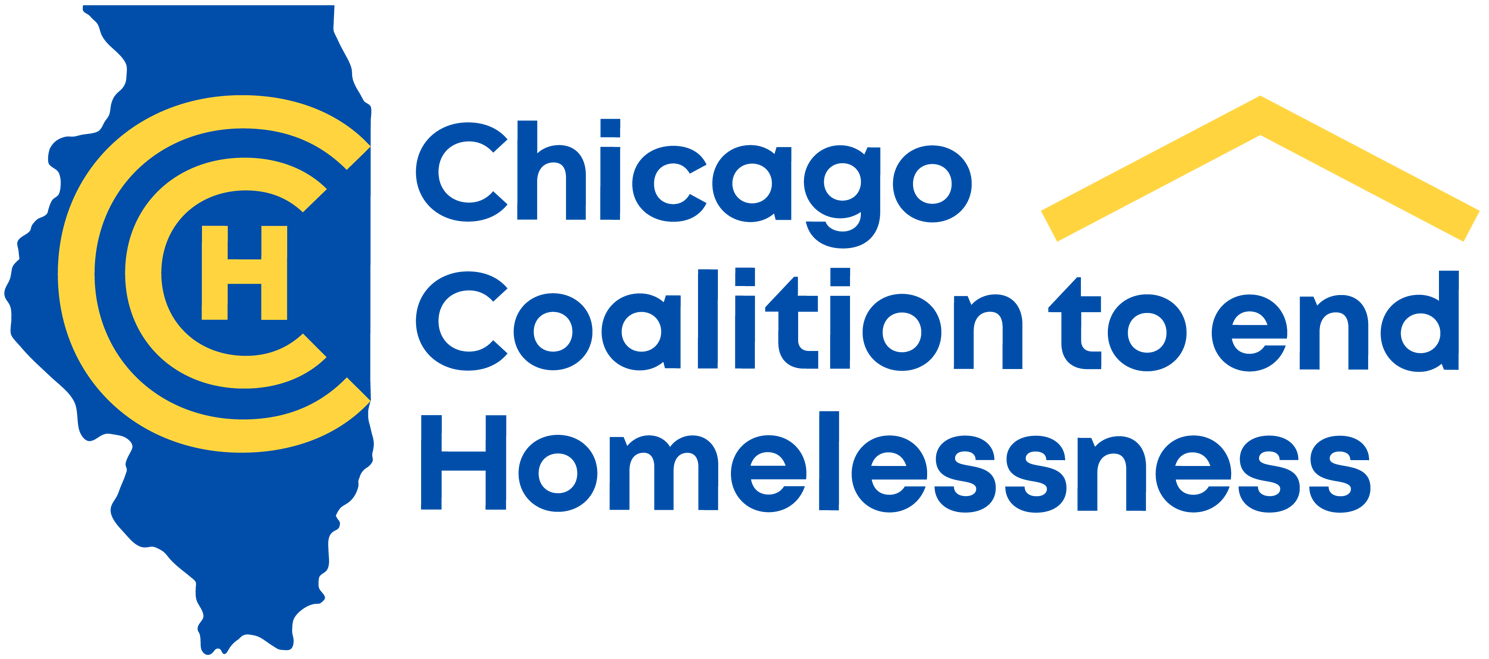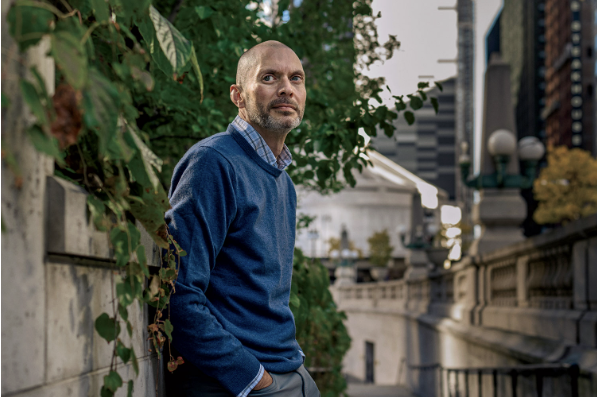CCH Editor’s Note:
Using data from Chicago, a new University of Notre Dame study affirms the impact of homeless prevention grants to families who call for help – those who received a grant were 76% less likely to move into a shelter within six months than those turned away.
“There is evidence that it’s a sustained impact up to two years later,” says the the study’s author, economist James Sullivan.
CCH’s statewide housing campaign successfully advocated to start the state-funded prevention program in 1999. It has helped 109,652 Illinois households through mid-2015. The program did not receive any state funding during last year’s budget impasse.
By David Schultz
If someone is about to become homeless, giving them a single cash infusion, averaging about $1,000, may be enough to keep them off the streets for at least 2 years. That’s the conclusion of a new study, which finds that programs that proactively assist those in need don’t just help the victims—they may benefit society as a whole.
“I think this is a really important study, and it’s really well done,” says Beth Shinn, a community psychologist at Vanderbilt University in Nashville who specializes in homelessness but was not involved in the work.
Homelessness isn’t just bad for its sufferers—it shortens life span and hurts kids in school—it’s a burden on everyone else. Previous studies have concluded that a single period of homelessness can cost taxpayers $20,000 or more, in the form of welfare, policing, health care, maintaining homeless shelters, and other expenses. To combat homelessness, philanthropic organizations have either tried to prevent people from losing their homes in the first place or help them regain housing after they are already destitute. But there aren’t many data on whether giving cash to people on the brink of becoming homeless actually prevents them from living on the street.
So economist James Sullivan of the University of Notre Dame in South Bend, Indiana, took advantage of a natural experiment. Funding for homelessness prevention programs is highly unpredictable, and thus many programs are often temporarily unable to give money to people about to lose their homes, even if they qualify for the assistance. That allowed him and his colleagues to compare the eventual fate of individuals and families who called into a homelessness prevention call center in Chicago, Illinois, when funds were available versus those who called when funds were not.
The programs work by giving one-time cash quantities to people on the brink of homelessness who can demonstrate that they will be able to pay rent by themselves in the future, but who have been afflicted by some nonrecurring crisis, such as a medical bill. Recipients need to be able to demonstrate consistent future income, and the amount given needs to actually cover their housing expenses for the month. The average amount paid out, according to Sullivan, is about $1000.
The team tracked the two groups for several months. Those who called when funding was available—and received the cash infusion—were 88% less likely to become homeless after 3 months and 76% less likely after 6 months, the researchers report today in Science. “We found no evidence that this effect fades away,” Sullivan says. “There is evidence that it’s a sustained impact up to 2 years later.”
Although it might seem obvious that giving people money would keep them off the street, many antiwelfare critics have argued that such charity only prolongs the decline into homelessness. But that appears not to be the case, Sullivan says.
The researchers also found that targeting only the people who will actually go on to become homeless both increases the program’s impact and reduces its cost. Many people in the study who qualified for the financial assistance but did not receive it because of lack of funds did notgo on to actually become homeless—they found some other solution to pay their bills or were able to move in with friends and family. Determining who will or won’t actually become homeless is a tricky business, but the data suggest that the poorest people—those furthest below the poverty line—are more at risk and thus receive the greatest benefit from the cash.
If programs can find a better way to target the most vulnerable people, Sullivan’s research suggests they could save everyone money in the long run. The study found that, on average, it costs $10,300 overall to prevent a spell of homelessness when the costs of operating the call centers and maintaining the funding networks are included. But that figure can be reduced to $6800 by targeting very low-income families. This may seem high, especially considering only a fraction of that money goes directly to the person in need, but even its current state, that number is roughly only half the $20,000 that a period of homelessness may cost society.
Shinn says the study shows that these types of programs are absolutely effective and worthy of more consistent funding. And economics aside, there’s a definite moral benefit to helping people staring down the real possibility of becoming homeless, says social scientist Dennis Culhane at the University of Pennsylvania. “These are generally very, very poor people for whom our safety net has been dramatically eroded over the last 30 years,” he says.
Culhane says the programs can help prevent people from having to resort to prostitution and other dangerous behaviors to pay off debts from payday loans or other means of making ends meet. “These are not things that are easily quantifiable the way an economist would do it, but I don’t lose sleep at night about the fact that a lot of very poor people are getting emergency cash assistance when facing a financial crisis—even if they wouldn’t have become homeless without it.”






